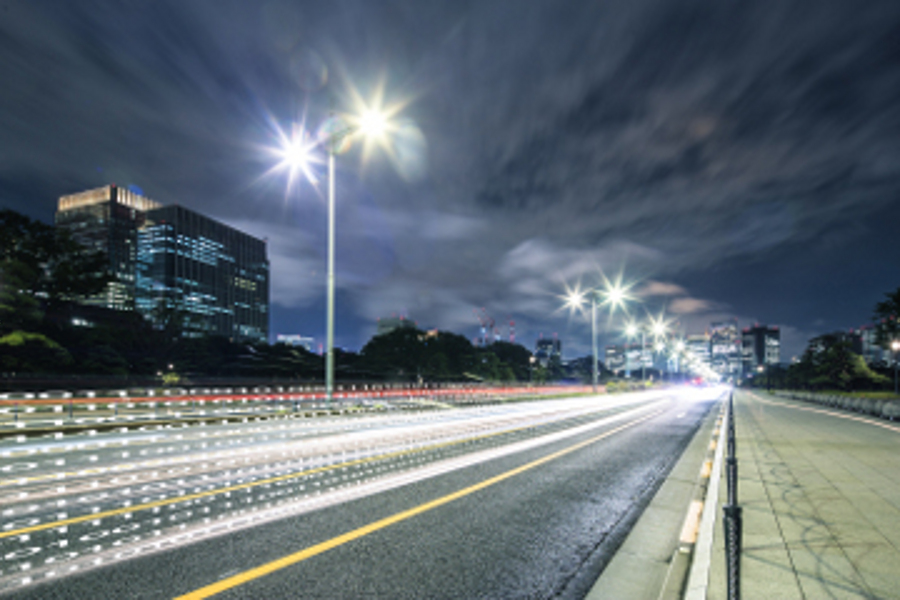
Demand-driven Street Lighting System
Climate change has finally reached us and we consider it our moral obligation to do everything possible to prevent the catastrophe and to ensure a secure life for the next generation.
The primary goal is the prevention of energy consumption, where not needed.
Adaptive Street Lighting detects moving objects and dims street lights proactively.
3600 kWh
less energy consumption per year
1 to CO2
less CO2
Lighting a pedestrian/bicycle path between two communities uses an average of 4,500 kilowatt hours per year. Equipped with Adaptive Street Lighting, an average of 3,600 kilowatt hours can be saved per year. This energy can power an entire two-person household for a year. Adaptive Street Lighting means efficient performance in harmony with nature. The system saves around 1.6 tons of CO2 per year. This corresponds to offsetting the annual emissions of around 2 small cars. With Adaptive Street Lighting you are relying on an effective solution for reducing CO2 emissions.

Smart City
Enables car-to-car communication, traffic management systems, predictive maintenance

Environment Protection
Up to 80% energy conservation - preservs natural environment conditions of insects and birds

Low Initial Cost
Integration into existing street light systems

Reduce Crime
No low-lit paths and spots
1What does it cost?
It saves more than it costs :-)
2How much energy does it save?
It saves up to 80% energy, depending on volume of traffic.Currently, on-road tests are running.
3Will pedestrians be recognized?
Practicaly, cars, bicycles, pedestrians. The object recognition can also recognize animals and movement profiles.
4Is every single latern dimmed, and how do the laterns communicate? Are extra cables to be installed?
The system provides control of every single latern, segment or whole street of houses. The sensor technology and control is provided forward-looking, so that road users will not recognize the dimming at all. The communication is done wireless.
5Can existing laterns be equipped with this system?
Yes. Laterns with integrated dimmers can be equipped very easily. Only tho additional fittings for the sensors at the entries of the street of houses have to be installed. In this case, the street of houses will be controlled as a segment. Laterns without dimmers have to be modified.
6Isn't it annoying when the light is dimmed up and down permanently in the night?
Usually, modern laterns provide a close delimited luster cone scattering very low light into living quarters. Therefore, the street lighting does not differ much from the light of passing vehicles. For settlements, an off-period until, say 12:00 pm, can be set. Not till then, the dimming system is activated.
7Is this system sustainable?
Of course! Extensions are in the area of Smart City, like 5G networks, traffic management, car-park routing, warning systems, signage.
